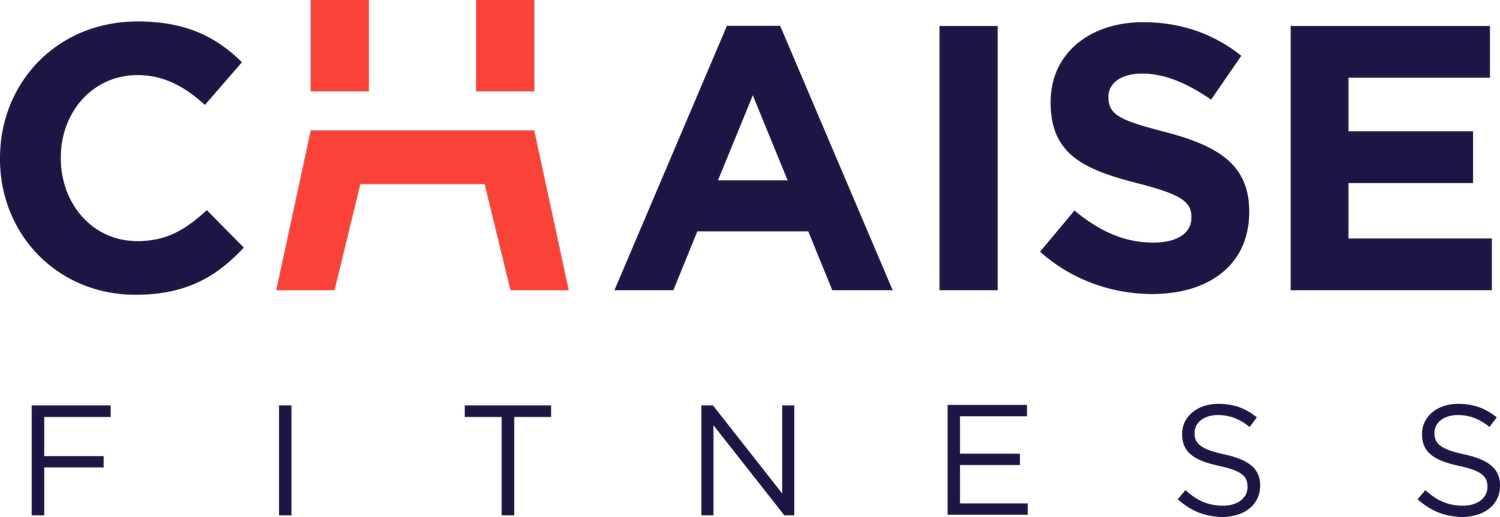Pilates Builds Power
Many Pilates exercises work core muscles in the abdominals and lower back. They also engage small stabilizer muscles that support your movements. And research shows that Pilates is an effective way to increase muscle strength. In one study, researchers tested Pilates in postmenopausal women. After 12 weeks, they had increased abdominal and upper- and lower-body strength.
Another study tested Pilates in older adults. They had better leg strength and balance after 5 weeks. Participants who continued Pilates training enjoyed increased benefits.
Pilates builds power
But Pilates differs from traditional strength-training exercises, like weightlifting. It can help you build functional strength. Functional strength training includes exercises that engage several muscle groups at once. It trains your body to better perform everyday movements.
How does Pilates build strength?
Pilates exercises are repetitive movements. They challenge your muscles to exert force against resistance. Mat Pilates uses your body weight as resistance. Reformer Pilates uses a machine with pulleys, straps, and springs to add resistance.
Working your muscles against resistance may increase muscle mass and strength by:
Creating mechanical tension from resistance
Causing metabolic stress as muscles contract
Making tiny tears in muscle fibers
Muscle damage from resistance exercises activates your body’s healing response. This response causes muscle cell changes as your body repairs the damage. Over time, your muscle size and strength may increase.
Does Pilates build muscle?
Pilates may lead to small increases in muscle mass. But there’s a need for more research on how Pilates affects body composition. For most people, it won’t build significant muscle mass. You have to subject your muscles to new challenges, such as increased exercise intensity and volume, to build muscle. Try using heavier weights or increasing reps and sets during traditional strength-training workouts.
Other factors play a role in how much muscle you build. This includes your genetics, diet, and fitness level. Pilates is more likely to build muscle for someone who is new to strength training. A beginner’s muscles will have to adapt to a new stressor (Pilates). That can help build or strengthen muscles. But once your body adjusts to the stress of resistance exercises, those gains will taper off. You can keep Pilates workouts fresh by increasing reps or trying advanced exercises.
What are the benefits of Pilates?
Pilates has many health benefits. It can be a standalone workout or complement traditional strength-training exercises.
Increases flexibility and mobility
Pilates has been shown to increase flexibility and mobility. Flexibility is how much your muscles can stretch. Mobility is how easily your joints can move through their full range of motion. Both are critical for functional fitness, which helps you tackle daily activities easily. A small study found that Pilates training improved mobility in inactive older women.
Looking for a Pilates Studio in Upper East Side?
At ChaiseFitness, we believe that anyone can be fit—no matter what skill level or body type. This belief inspired the creation of our patented Reinvention Method, which is for everyone—the athlete, the dancer, the beginner, the advanced, the rebuilder. We blend Pilates, ballet, and strength training and equip you with a chair and overhead bungees so that you work out all your muscles every time. We are located in Upper East Side in Manhattan. For more information, you can contact us at (973)996-2063, or visit our website.
